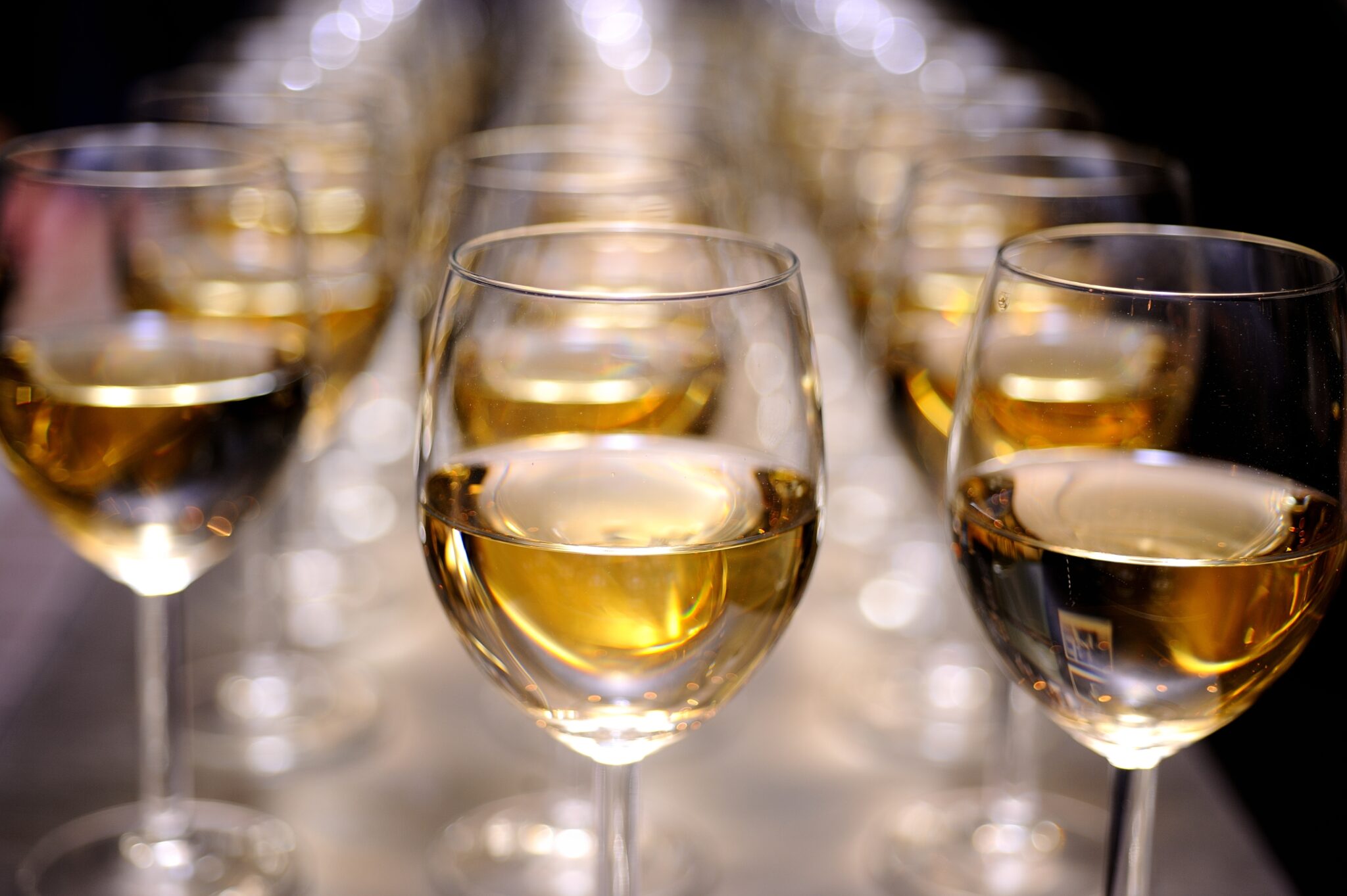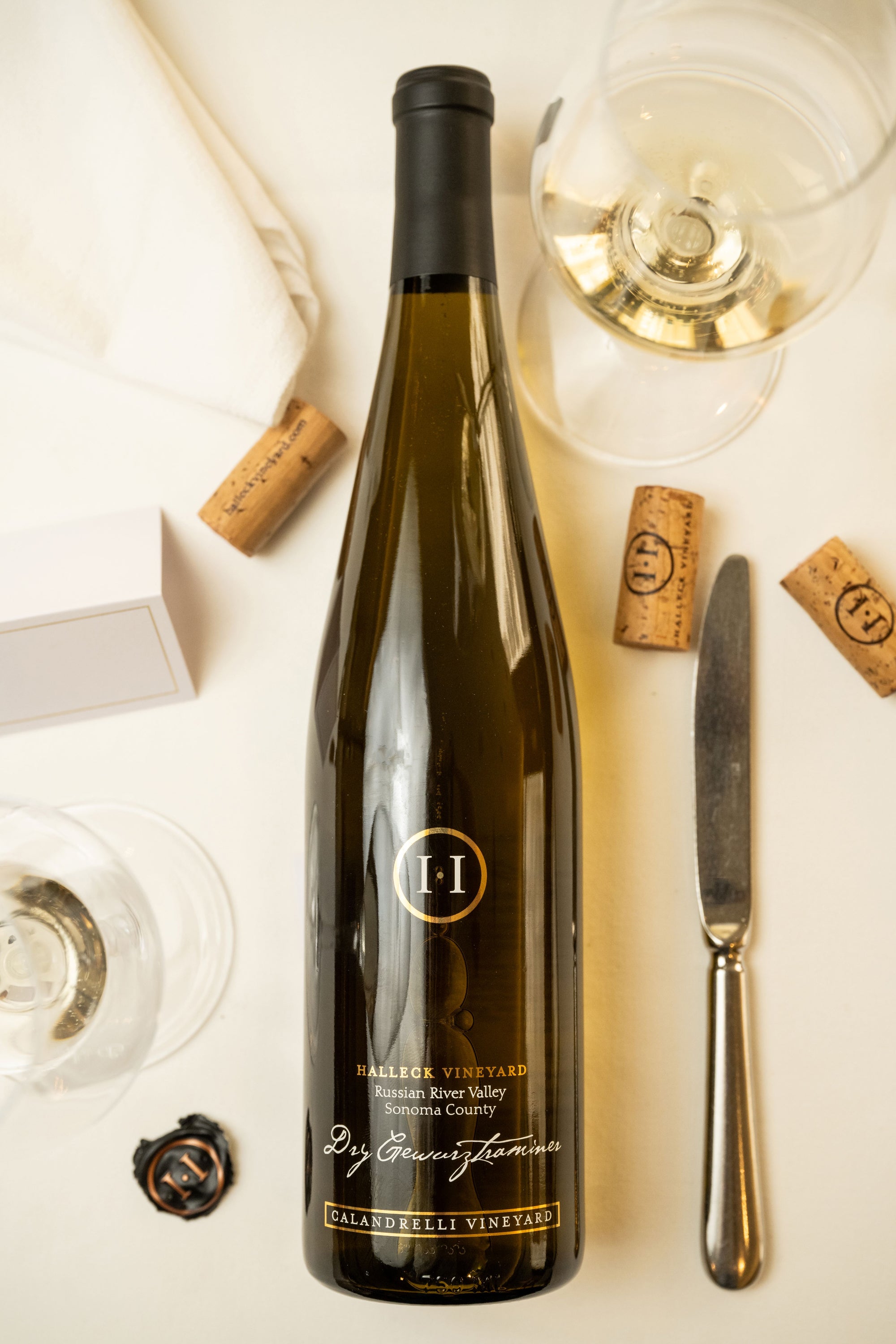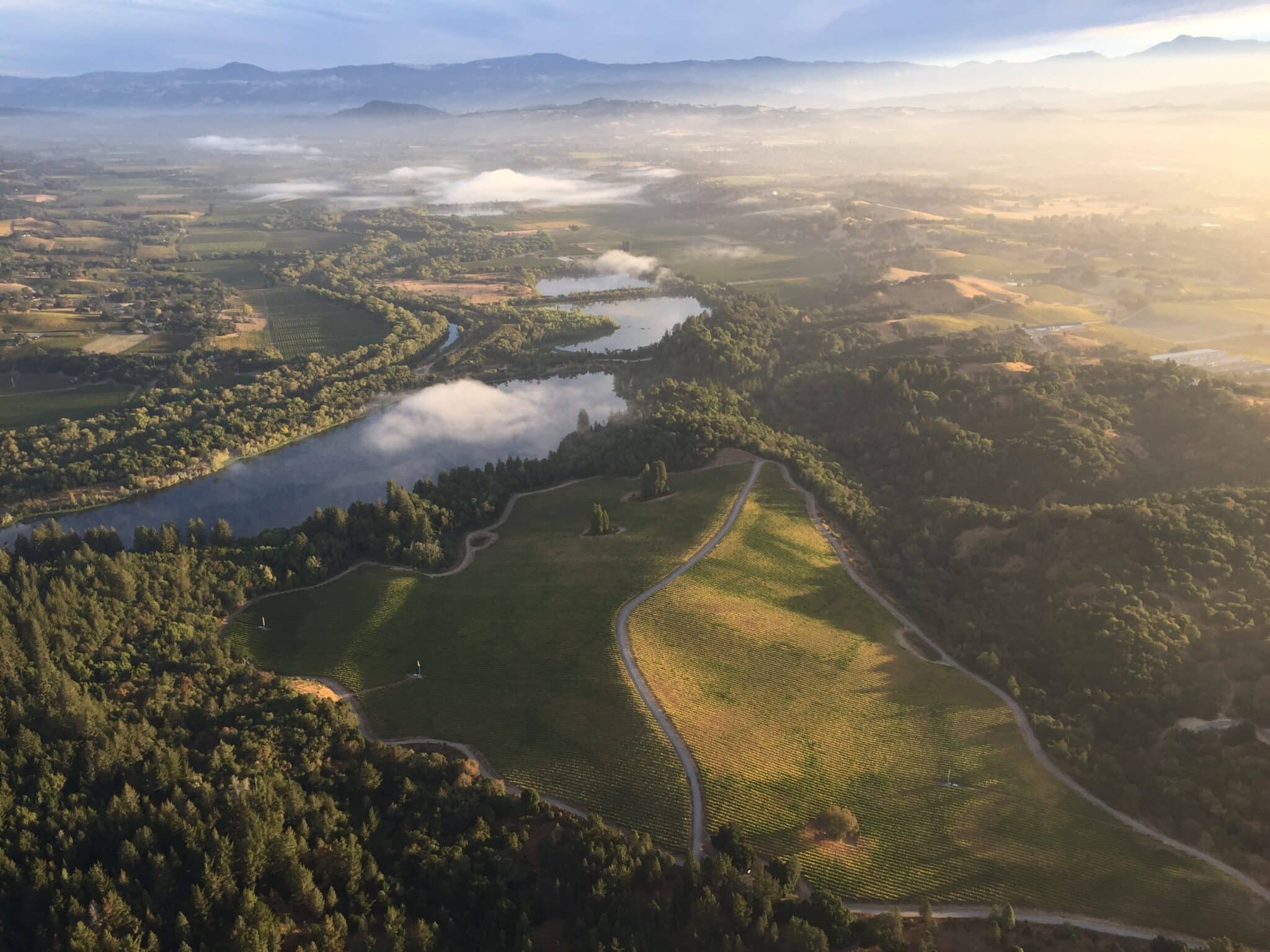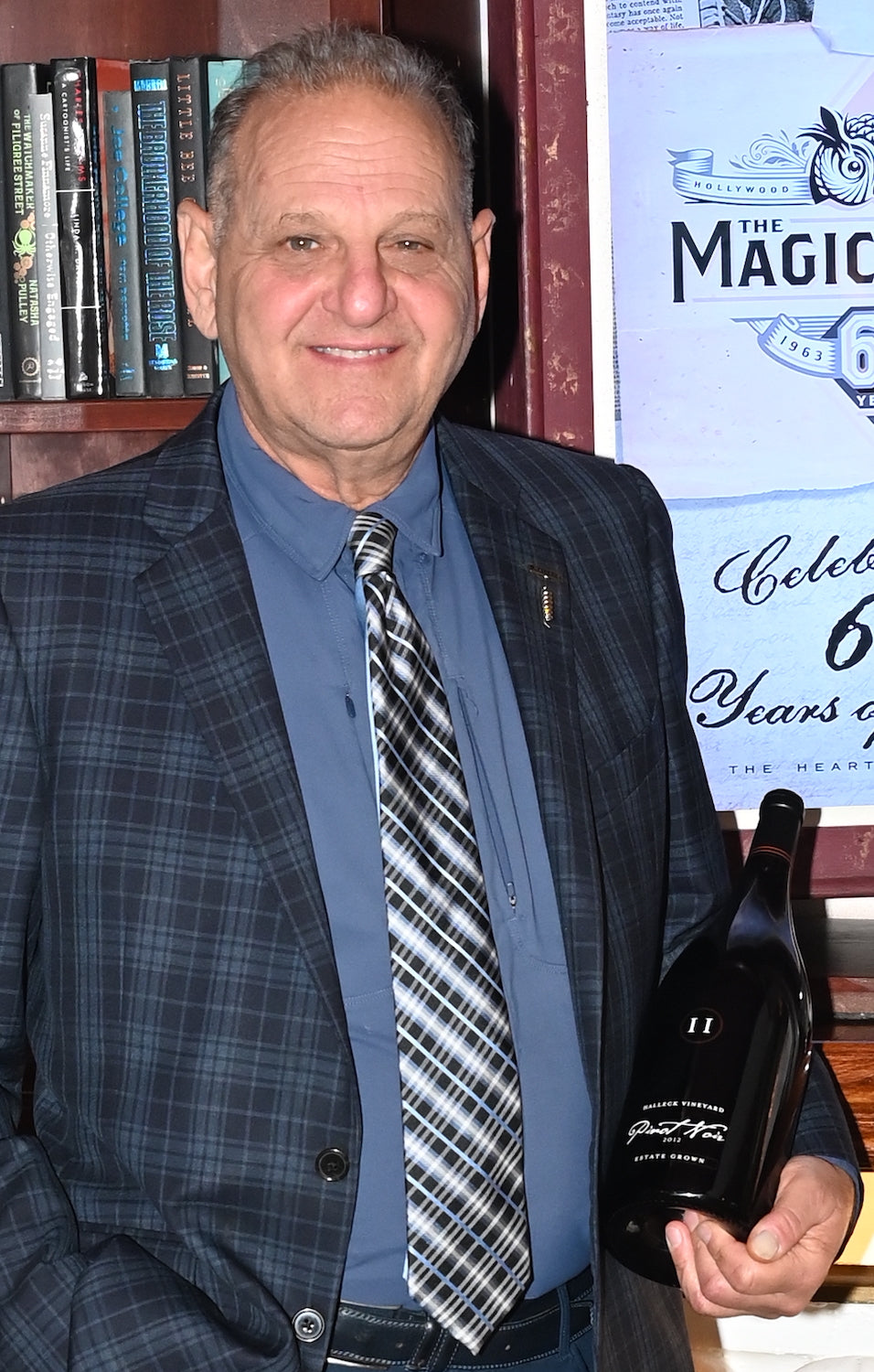Wineries With A Focus On Syrah - Best Wine Tasting Spots In Sonoma County
Wineries With A Focus On Syrah - Best Wine Tasting Spots In Sonoma County
Blog Article
Wineries Renowned For Cabernet Sauvignon In Sonoma - The Charm Of Sonoma Wineries
Wine tasting is an art that combines sensory experience with an appreciation for the nuances of various varietals. How to gauge flavors in winery wine tasting sessions is pivotal to greedy the complexities of wine.
Partaking in a wine tasting includes more than simply sipping and savoring. It requires a focused strategy to determine aromas and flavors that every wine presents. As you begin, observe the wine's appearance, noting its shade and clarity. These visual cues often suggest a wine’s age, grape variety, and even potential flavor profiles.
The subsequent step in the tasting process is to swirl the wine in your glass. This motion releases fragrant compounds which may be very important for evaluation. Lean in and take a moment to inhale deeply; the aromas can range from floral and fruity to spicy and earthy. The nose of the wine is simply as necessary as the palate, and recognizing scents performs a major position in understanding the general experience.
When taking your first sip, permit the wine to maneuver throughout your palate - Unique Wine And Food Pairings In Sonoma. Notice the preliminary flavors that present themselves. Is the wine fruity, floral, or maybe herbaceous? This initial style gives perception into what the wine is more probably to categorical as you proceed to judge it. The mouthfeel also contributes to the general flavor experience; it can be silky, tannic, and even effervescent.
Wineries That Host Harvest Festivals - Discovering Sonoma Area Wineries
As you proceed tasting, pay consideration to the wine’s balance. A well-balanced wine will harmonize acidity, sweetness, and tannins. If one part overwhelms the others, it'd point out a less desirable high quality. Evaluating steadiness might help you establish how nicely the wine might pair with food.
Transitioning to the end, consider how the flavors evolve because the wine lingers in your palate. A lengthy, pleasant finish can point out a high-quality wine, while a short or abrupt finish might recommend otherwise. Reflect on whether or not the flavors remain constant or if new notes emerge because the wine settles. This development can reveal complexities and intricacies which may not have been apparent in the initial tasting.
Temperature can be a vital factor in evaluating wine flavors. Different forms of wine are optimally loved at specific temperatures. White wines often shine when chilled, while purple wines usually carry out greatest at room temperature. When tasting, make certain the wine is on the applicable temperature to totally respect its character.
Breathtaking Views From Sonoma Wineries - Sebastopol Vineyard Visits
Pairing food with wine can greatly enhance the tasting experience. Meals can influence the perception of flavors in wine, either highlighting certain traits or diminishing them. When evaluating flavors, consider how the wine interacts with completely different meals, noticing which flavors are amplified or muted (Wineries Pairing Wine With Chocolate).

Contemplate the influence of terroir as you engage in a winery tasting. Terroir encompasses the distinctive environmental factors that affect grape growing, including soil composition, climate, and geography. Understanding a wine's terroir can present perception into its flavors and aromas, fostering a deeper appreciation for the choices made throughout its cultivation and production.
Training plays a fundamental position in enhancing one's ability to gauge wine flavors. Studying about grape varieties, wine regions, and manufacturing strategies can pave the way for more knowledgeable judgments during tastings. Additionally, attending workshops or classes can refine sensory skills and broaden your flavor vocabulary, enabling you to articulate tasting notes extra effectively.

Lastly, it is important to do not neglect that evaluating wine flavors is a highly personal experience. Individual preferences and perceptions will invariably shape one’s tasting journey. Enjoyment ought to be at the forefront, with the analysis course of acting as a software to reinforce understanding and appreciation rather than create rigid guidelines.
Vineyard Tours With Guided Tastings In Sonoma - Vineyards Near Sebastopol
In conclusion, mastering tips on how to evaluate have a peek here flavors in winery wine tasting classes involves a mix of sensory engagement, information, and practice. By studying to determine aromas, assess the balance, and recognize the intricacies of flavor, wine enthusiasts can deepen their connection to each bottle they encounter. As with any art kind, the more one immerses themselves in the experience, the more they will discover and benefit from the vast world of wine.
- Begin by observing the wine's color and readability, as these visible elements can hint at its flavor profile and getting older potential.
- Swirl the wine gently in your glass; this releases aromatic compounds, allowing you to raised determine the complicated scents associated with the wine.
- Take a deep inhale earlier than tasting, focusing on both major and secondary aromas to collect insights on fruits, spices, and different nuances.
- When tasting, enable the wine to coat your palate; note the preliminary flavors, the mid-palate complexity, and the end as these levels can present totally different flavor highlights.
- Pay attention to texture and mouthfeel, as aspects such as tannin ranges, acidity, and sweetness contribute significantly to the general tasting experience.
- Compare flavors against normal wine characteristics; for purple wines, consider berry notes, oak affect, and herbal tones, whereas whites could include citrus, stone fruits, and floral hints.
- Take notes during the tasting session to trace your impressions, serving to you to remember and evaluate the totally different wines sampled.
- Focus On your findings with fellow tasters or winery workers, as sharing insights can enhance understanding and appreciation of particular person flavors.
- Permit time for the wine to breathe; typically, flavors evolve and reveal new dimensions after being exposed to air.
- Experiment with food pairings through the tasting as they will dramatically alter how flavors are perceived, influencing overall enjoyment.undefinedWhat should I look for when evaluating the aroma of wine throughout a tasting?
Start by swirling the wine in your glass to release its aromas. Bring the glass to your nostril and take a deep breath. Pay attention to the primary scents you detect, as these are often the most distinguished. Look for fruit, floral, herbal, or earthy notes and try to identify specific characteristics, which can deepen your understanding of the wine's complexity.
Family-Oriented Wine Tasting Venues In Sebastopol - Best Vineyard Visits In Sonoma

How can I distinguish between totally different flavor profiles in wine?
Understand that flavor profiles are sometimes categorized as fruit, floral, herbaceous, spicy, or mineral. Take small sips and permit the wine to coat your palate. Notice the first flavors that emerge first and the refined notes that observe. This layering is important in distinguishing the wine's characteristics and can assist you to appreciate its distinctive profile.
Wineries With Locally Sourced Food Options - Sebastopol Vineyard Experiences
What is the significance of the wine's texture in a tasting?

The texture of the wine, also called mouthfeel, performs an important function in how we perceive flavors. Pay attention to whether the wine feels clean, creamy, or gritty. The physique of the wine (light, medium, or full) can enhance or distinction with flavors, offering a extra rounded experience throughout tasting.
How do I assess the stability of flavors in wine?
Balance in wine refers to the harmony between acidity, sweetness, tannin, and alcohol. Take a moment to evaluate whether these parts complement or interfere with one another. have a peek here A well-balanced wine could have none of its elements overpowering the others, creating a nice tasting experience.
Wineries In Dry Creek Valley - The Beauty Of Sebastopol Wineries
What position does temperature play in evaluating wine flavors?
Temperature can considerably impression the perception of flavors. Usually, purple wines are greatest served barely under room temperature, whereas white wines take pleasure in being chilled. As the temperature adjustments, the aromas and flavors can shift, permitting you to perceive completely different characteristics. It’s essential to style wine at its optimal temperature for true analysis.
Hidden Gem Wineries In Sonoma County - Discover Sebastopol's Wine Scene
How can I improve my tasting skills over time?
Practice is essential to enhancing your tasting skills. Popular Wineries With Outdoor Seating In Sonoma. Attend tastings, hold a journal of your experiences, and discover various sorts of wines to broaden your palate. Additionally, learning about wine production and grape varieties can provide context that enhances your evaluation process, making you a extra knowledgeable taster.
Is there a selected order in which I ought to style the wines?
Wineries In The Heart Of Sonoma County Wine Region - Wine Tours And Tastings In Sebastopol
Sure, it’s advisable to taste wines from light to full-bodied and dry to candy. This progression prevents the stronger flavors from overshadowing the more delicate ones, permitting you to completely appreciate each wine's traits and nuances without palate fatigue.
How can I consider the aftertaste of wine?
Wineries Known For Their Beautiful Gardens - Top-Rated Wineries In Sebastopol
The aftertaste, or finish, is an important facet of the wine-tasting experience. After swallowing, pay attention to how lengthy the flavors linger on your palate and whether or not they change. A long, pleasant finish is often an indicator of a high-quality wine, whereas a short or disagreeable end might suggest in any other case.
Why is it important to note the wine’s acidity during tasting?
Acidity contributes to the general freshness and construction of the wine. Pay consideration to the tingling sensation in your tongue; larger acidity can improve the wine's liveliness and balance out sweetness. Noting acidity helps determine the wine's versatility with food and its aging potential.
What should I do if I struggle to determine specific flavors in wine?
Wineries Producing Pinot Noir And Chardonnay - Enjoying A Vineyard In Sonoma
Struggling to establish flavors is frequent, particularly for novices. Focus on broader classes and describe what you can recognize, similar to sweet or earthy notes. With practice, reading about completely different flavor profiles, and perhaps using flavor wheels, you'll refine your senses and develop a extra nuanced method to tasting. Report this page